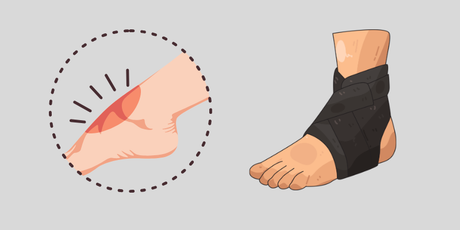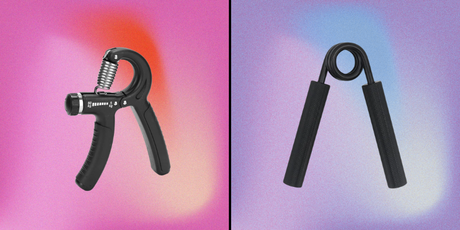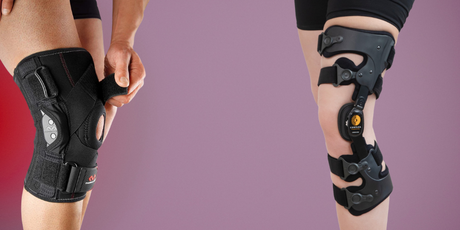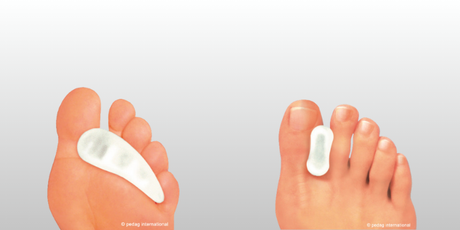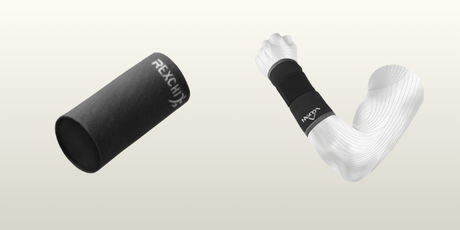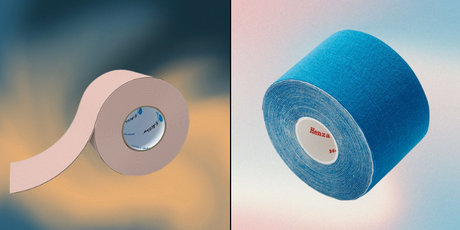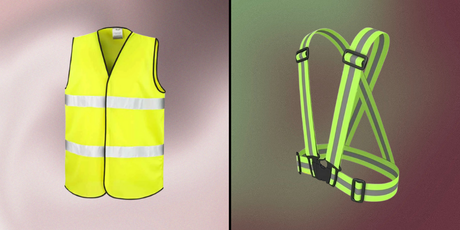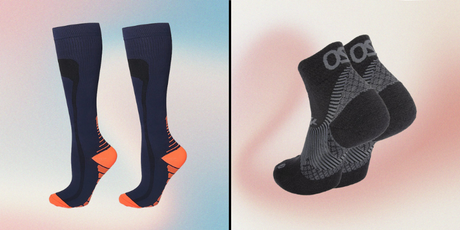ACL injury

Quite often the underlying cause of ACL injuries is that the knee has been accidentally twisted with great force. Another cause is, for example, heavy braking, which can also lead to damage to the cruciate ligaments. Usually, it is the anterior cruciate ligaments that are damaged in sports such as football and skiing. When such strong twists are made, the ACL either breaks completely or just a little bit. It is common for people to experience problems due to the ACL injury immediately after the accident, but some people may also experience problems some time later.
If you twist your knee and injure the ACL, it can actually feel like something is really breaking in your knee or "popping". This of course means a lot of pain and often the knee swells up considerably shortly afterwards. Sometimes people can confuse a dislocated kneecap with an ACL injury. It is not uncommon to have difficulty walking because it is not easy to support the leg. A few days or weeks after the injury, the pain will decrease along with the swelling. The knee may still feel unsteady when walking. On stairs, it may also feel as if the knee is simply bending.
If the ACL is injured, it is good to be able to wrap the knee with appropriate pressure as quickly as possible. This will hopefully avoid the worst of the swelling. Cold can also reduce the pain during this time. After that, it is important for a doctor to examine the knee and assess the severity of the injury. Having to use crutches and take painkillers for some time afterwards is to be expected. When it comes to treating ACL injuries, there are different approaches. For some people, physiotherapy is an excellent way to train the knee again. The majority of people recover with the help of physiotherapy, but some unfortunately still have pain even though the injury has healed. But sometimes surgery is required. Some people are operated on immediately, while others have to wait a few weeks to see the results of the physiotherapy. During surgery for ACL injuries, a tendon from the leg is usually used to replace the damaged ACL.
If you have had ACL surgery, rehabilitation is important to get you back on your feet. You will usually be given a programme that is stepped up over a certain period of time. A minimum of six months is required for rehabilitation, but it is not uncommon for such training to be required almost a year after the operation. A knee brace with good stability is recommended during rehabilitation to avoid the risk of re-injury.



